You've scanned a QR code at least once, perhaps out of curiosity or to gain access to an offer or information quickly and smoothly. But have you considered how QR codes might change the game in the retail industry?
The answer probably is 'Yes,' but maybe you are unsure how to effectively implement this technology into your retail strategies.
Perhaps you're even skeptical about their potential. But fear not! This guide aims to shed some light on how to use QR codes in retail and their significant role in maximizing retail success.
So sit tight and let us unravel this versatile technology for you.
Understanding QR Codes in Retail
Before diving into using QR codes in retail, it's essential to understand what they are and why they're so important in this sector. So let's start with the basics.
What are QR Codes?
QR code, an abbreviation of Quick Response Code, is a two-dimensional barcode initially designed for the automotive industry in Japan. Unlike traditional barcodes, which can only store information horizontally, QR codes store data in two dimensions, both vertically and horizontally. This gives them a much higher storage capacity and flexibility to represent various data types.
These small squares of black and white dots typically scanned using a smartphone camera, are used to communicate information instantly. Once scanned, these codes can redirect users to a website, provide contact details, open a map, or even initiate a payment. It's like an instant link that needs no typing or searching.
Importance of QR Codes in Retail
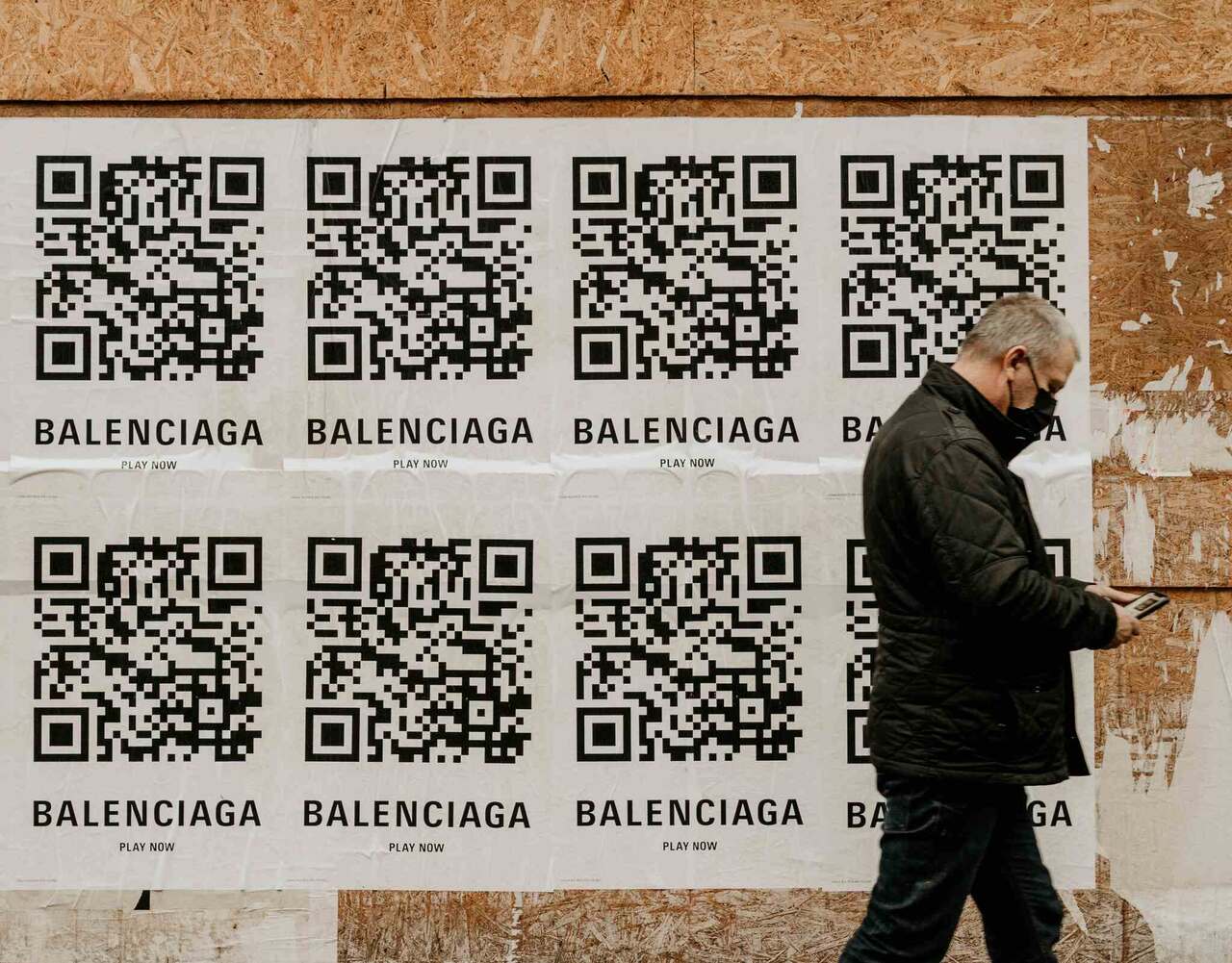
So, why are QR codes such a buzzword in the retail sector? Let's break it down.
- Bridging Online and Offline Experiences: QR codes perfectly blend offline and online shopping experiences, leading to increased customer engagement. A simple scan gives customers instant access to product details, user manuals, videos, and other relevant links.
- Ease of Use: QR codes are easy to implement and even easier to use. All that you need is a smartphone with a camera. Most modern smartphones even have built-in QR readers in the camera itself, making it incredibly accessible. This easier access to information encourages consumers to engage with the brand more often.
- Broad Variety of Applications: These codes aren't just for redirecting users to websites; they can offer discounts, gather customer feedback, promote new products, and even enable mobile payments. The possibilities are vast for their use in retail.
- Data Collection and Analytics: QR codes also work wonders as data collection tools. Retailers can monitor where the scan happened, what was scanned, and even geolocation data. This information helps in understanding customer behavior and enhancing future marketing strategies.
- Cost-effective: Perhaps one of the most important aspects of QR codes is their cost-effectiveness. They are inexpensive to create, easy to implement and can be printed on a variety of mediums, making them an affordable marketing tool suitable even for small businesses.
- Consumer Engagement and Satisfaction: QR codes provide a convenient and effortless way to deliver detailed information to consumers. They offer an interactive customer experience, increasing customer satisfaction and engagement.
Ways to Use QR Codes in Retail Marketing
Now that we've dipped into the pool of QR code knowledge let's dive a little deeper and explore the diverse ways of utilizing QR codes in retail marketing. We will discuss six strategies to uplift your retail success:
Direct Customers to Your Website
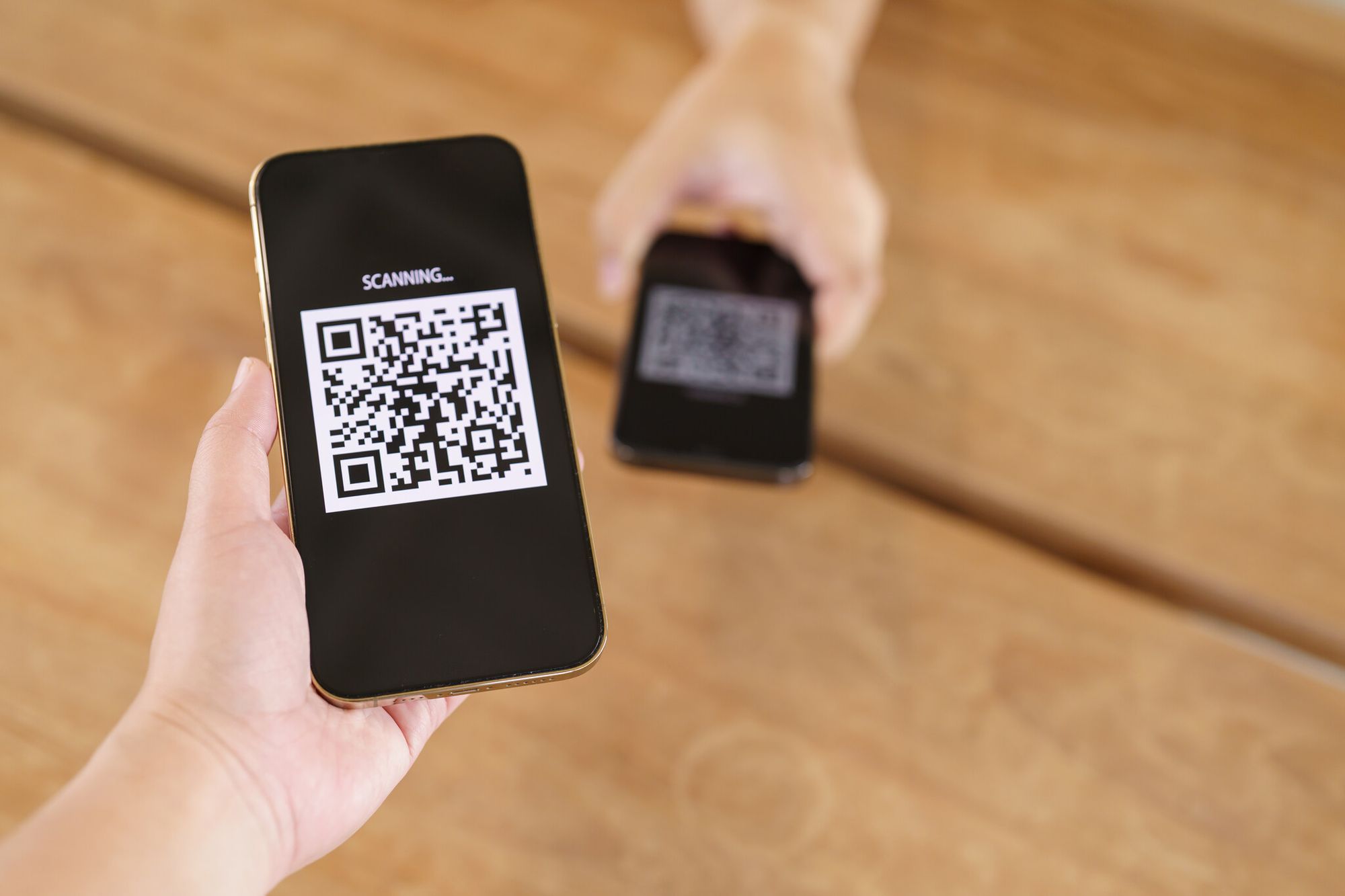
By strategically placing QR codes around your store or on your products, you can essentially lead consumers exactly where you want them to be, namely, on your website. It's an ingenious method of generating additional online traffic with minimal effort.
All it takes is a quick scan, and bam! They're browsing your website, exploring your myriad products, services, or even your captivating blog content.
Think of a QR code as a portal, linking the physical world to the online realm. So why not take this opportunity to showcase all that your website has to offer?
Share your latest collections, unique seasonal sales, or customer testimonials. Just remember to make your site mobile-friendly since most QR code scans will be from smartphones.
Gather Data from Customers
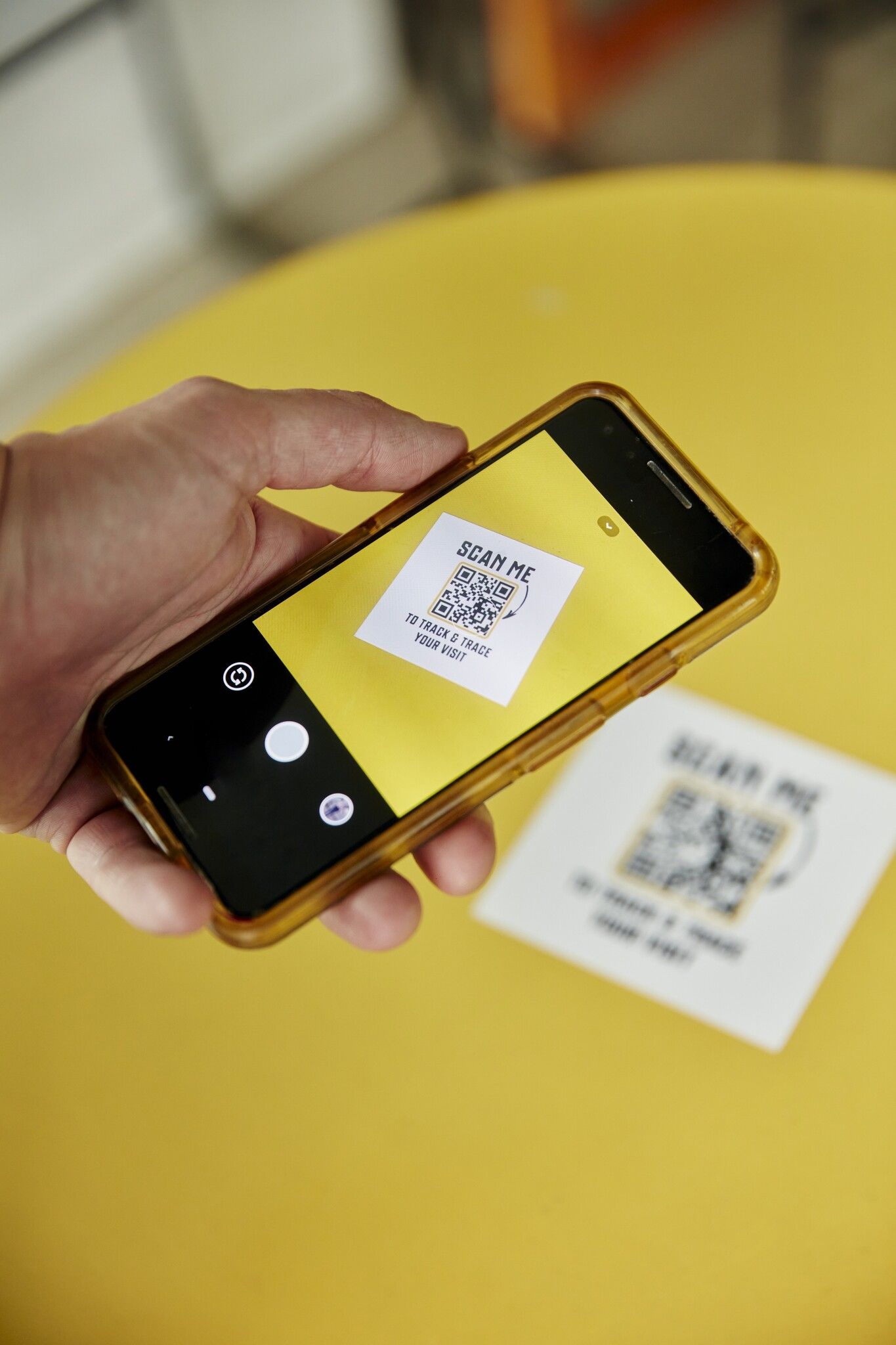
QR codes are fantastic tools for businesses keen to understand their customer base better, effectively paving the way for more personalized marketing strategies.
When a customer scans a survey QR code, a wealth of data can be gathered, such as their location, operating system, and even the time of the scan.
This data can help you tailor your marketing efforts to attract your ideal customer more effectively.
How? By gaining valuable insights into consumer behaviors and preferences, you can create campaigns that resonate more authentically and powerfully with your audience. It's all about harnessing the power of QR codes to foster deeper connections and better marketing.
Offer Discounts
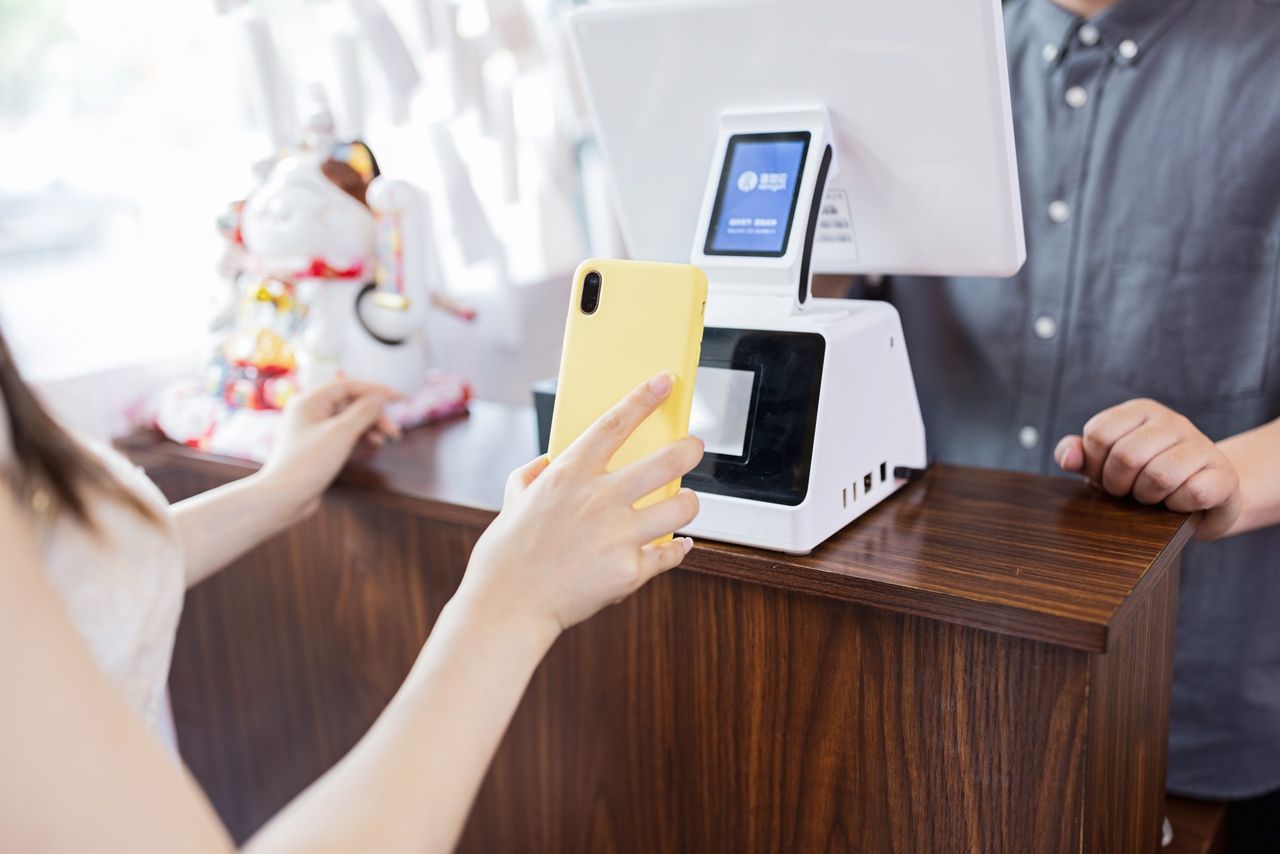
Who doesn't love a good discount, right? QR codes can be the perfect vehicle for you to offer exclusive discounts or special promotions to your customers. And the best part?
It won't just boost your sales and engage more customers but also open doors for valuable feedback.
Create a QR code that, when scanned, offers customers a percentage off their purchase or perhaps an exclusive buy-one-get-one-free deal. Not only will consumers appreciate the immediate reward, but it also encourages them to interact with your brand more frequently.
Encourage Customers to Leave Product Reviews
Product reviews play a crucial role in shaping consumer purchasing decisions. And let's face it, getting customers to leave reviews voluntarily isn't always an easy task. But this is where QR codes can come to the rescue!
You can link a QR code directly to a preset review submission page, making it just a scan away for customers to share feedback. The easier the process, the more likely customers will give valuable insights.
These honest reviews will help others feel more confident shopping with you while providing you with valuable feedback to improve your products and services further.
Connect with Shoppers via Store Window Displays

Your storefront window is more than just a space to showcase your latest product offerings - it's an open canvas to get creative with your marketing efforts.
Adding QR codes to your window display lets you connect with shoppers even when your store is closed.
Imagine a shopper walks by your store after hours, with the glowing window display grabbing their attention. Scanning the QR code could lead them to an exclusive sneak peek at a new collection, invite them to sign-up for a newsletter, or guide them to shop online right away. It's a 24/7 promotion tool that never tires!
Retain Interested Shoppers

Sometimes, customers might be interested in an out-of-stock item in your store. Instead of losing a potential sale, why not use QR codes? A QR code attached to the item or product poster could redirect them to the same product online for purchase.
Additionally, you could use QR codes to create a more immersive shopping experience. For example, a QR code near a product display could launch an interactive experience about how the product is made or a tutorial on how to use it. The possibilities are endless!
By now, you should fully grasp how QR codes can transform retail marketing. Remember, the implementation of QR codes isn't about haphazardly placing them left, right, and center. It's vital to think strategically – understand your goal, consider your audience, and select the appropriate type of QR code.
Whether you're driving customers to your website, gathering data, offering discounts, encouraging reviews, grabbing attention via store window displays, or retaining interested shoppers, QR codes are both versatile and effective.
Interesting Ways Brands are Using QR Codes in Retail
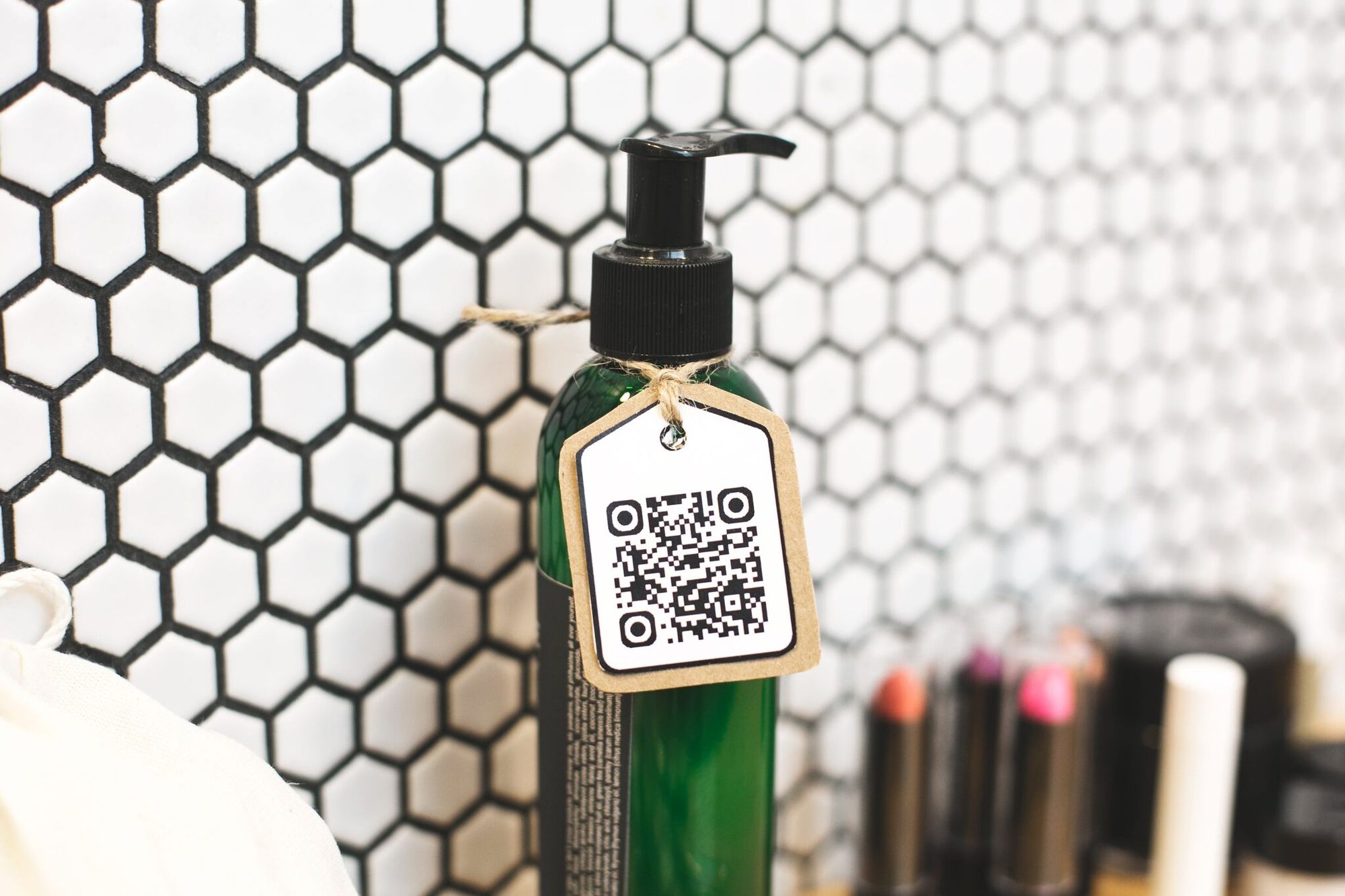
The rise of QR codes in retail is not a tale of future possibilities but one of present reality. Brands, both big and small, are harnessing the power of QR codes to enhance their marketing strategies and customer engagement.
Here's a look at some innovative ways popular brands integrate QR codes in their retail marketing.
QR Codes on Product Packaging as used by Heinz
One stellar example of a brand leveraging QR codes in retail is Heinz. The popular ketchup brand has revolutionized how it engages with customers by using QR codes on product packaging.
Heinz added QR codes to its ketchup bottles that, when scanned, redirected customers to a page featuring an array of mouthwatering recipes using their ketchup.
Not only did this provide an engaging experience for customers, but it also subtly nudged them to buy Heinz ketchup to try out the different recipes! It's a perfect example of strategic QR codes for stores that remarkably increase customer engagement.
Ralph Lauren Leverages QR Codes on Offline Ads
Ralph Lauren, a household name in luxury fashion, has effectively harnessed QR codes to bridge the gap between print ads and online shopping. They implemented QR codes in their print magazine ads that redirected customers to their online store to make immediate purchases.
It's a brilliant example of how retail QR codes can make the transition from offline to online shopping seamless, providing customers with the ease of checking out their favorite clothes within minutes of seeing them in an ad.
Use QR Codes for Cashless Payments - Walmart's Case
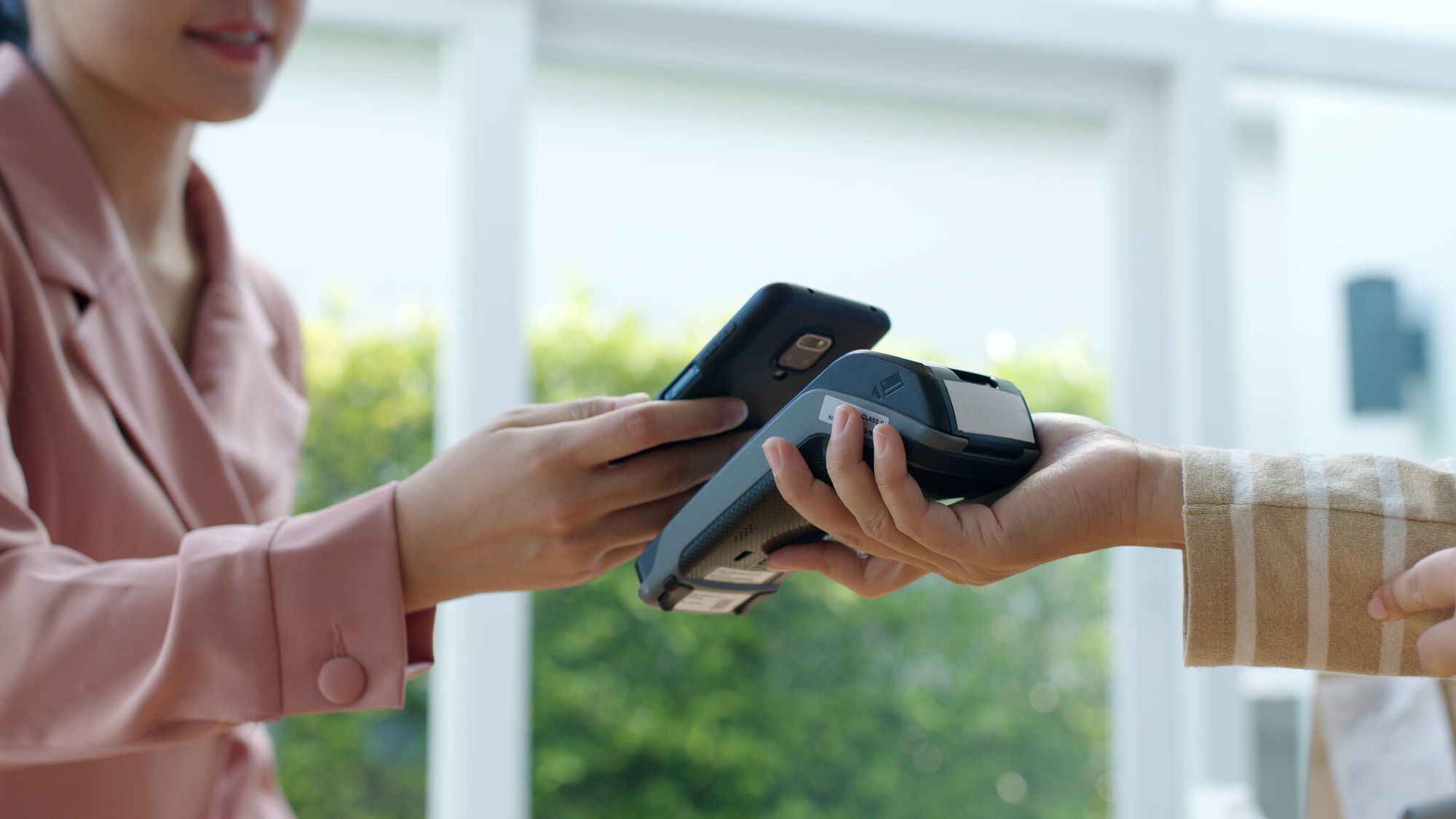
One of the biggest retailers globally, Walmart, has greatly simplified the payment process in its stores by embracing QR code technology. Instead of standing in long lines at the cashier, customers can simply scan the QR code displayed at the checkout point and pay directly from their mobiles.
This innovative practice not only offers a hassle-free shopping experience to customers but also significantly reduces checkout time, leading to faster and more efficient service.
In-store QR Code Scanning for Product Delivery – Decathlon's 'Scan & Go' App
Decathlon, a sports retailer, took QR code integration to a new level with their 'Scan & Go' app. The concept is simple: shoppers in the store can scan QR codes on items they want to purchase. The items are added to their online cart, and they can choose to have them delivered to their homes later.
This innovative system offers shoppers the ability to physically explore products in-store while enjoying the convenience of online delivery.
Improved Customer Experience through QR Codes – Lacoste
Lacoste introduced QR codes in its stores with an aim to enhance the overall customer experience.
By scanning a QR code next to a displayed item, customers could learn more about the product, including its manufacturing details and styling tips. This information-rich shopping experience made product selection easier and more satisfying for customers.
Promoting New Launches through QR Codes in Pop-up Stores – Innisfree
The Korean beauty brand Innisfree uniquely used QR codes to promote their new product line. They set up pop-up stores with QR codes on products, which gave customers a preview of the new products when scanned. This effective marketing strategy attracted a lot of interest and anticipation for their new launch.
These six brands have creatively used QR codes in retail to build stronger connections with their customers and offer them a memorable shopping experience. It is evident that QR codes hold immense potential for retailers to up their marketing game and enhance customer engagement.
The take-home message here is that QR codes are versatile tools that can adapt to different retail marketing needs, bringing about positive results. Don't shy away from trying different methods and approaches. Remember, innovation and uniqueness are key to standing out from the competition.
Pitfalls to Avoid with QR Codes in Retail
As potent as QR codes can be for maximizing retail success, avoiding some common pitfalls that might hinder their effectiveness is crucial.
As we journey through this guide on how to use QR codes in retail, we are focusing on ensuring you have the knowledge to avoid errors while maximizing benefits.
Let's delve into some common mistakes and how to sidestep them.
Sizing Issues
A common pitfall that businesses can fall into is creating QR codes that are too small to be scanned accurately by smartphones. If customers struggle to scan your code, it can result in frustration and a less-than-stellar shopping experience.
So, what's the right size for a QR code?
As a rule of thumb, the QR code should be at least 1 x 1 inch (2.5 x 2.5 cm) when printed. Moreover, ensure that there is a quiet zone (a clear space) around the QR code. This space should be at least four times the size of a module (a module is a single black square) to avoid any scanning issues.
Pointing Users to Suboptimal Pages

The content that your QR code redirects users to is vital. If the landing page is not relevant, mobile-friendly, or offers no value, it becomes a wasted opportunity. Many businesses make the mistake of linking their QR codes to pages that are not optimized for mobile viewing or don't provide valuable content to the customer.
Ensure that the URLs your QR codes point to are fully mobile-optimized and offer meaningful content. If you're promoting a new product, the QR code should lead to a page showcasing the product's details, not just your website's home page.
Placing the Code at Improper Locations
Lastly, be mindful of where you're placing your QR codes. Are they in a location where customers can easily access them? Or are they placed too high or too low, making it difficult for customers to scan?
Try to put yourself in your customers' shoes. Test out your QR code locations and scan them as a customer would. Remember, the easier and more pleasant the process, the more likely customers will use your QR codes.
Benefits of Using QR Codes in Retail

While the application of QR codes has significantly gained momentum in several sectors, none has been as transformative as its application in the world of retail. The interaction and engagement that QR codes facilitate between retailers and customers, both online and offline, are profound.
But why do QR codes make such an incredible difference when integrated into your retail strategy?
The fundamental reason is the multifaceted benefits they offer. QR codes are remarkably cost-effective and boast high versatility and ease of implementation, all while delivering measurable results and incredible crowd appeal. Let's explore each of these benefits in more detail.
Cost-effective
One of the most notable advantages of QR codes is their affordability. The costs associated with creating and implementing QR codes are relatively low. There are many free and paid online QR code generators.
Even the paid ones tend to offer a variety of price points, making it a feasible option even for small businesses or startups.
Moreover, once generated, the QR codes can be printed on any existing marketing material, such as flyers, banners, product packaging, receipts, or store windows, without incurring significant additional costs.
These qualities make QR codes a cost-effective yet efficient marketing tool that can accommodate the budget constraints of businesses of all sizes.
High Versatility
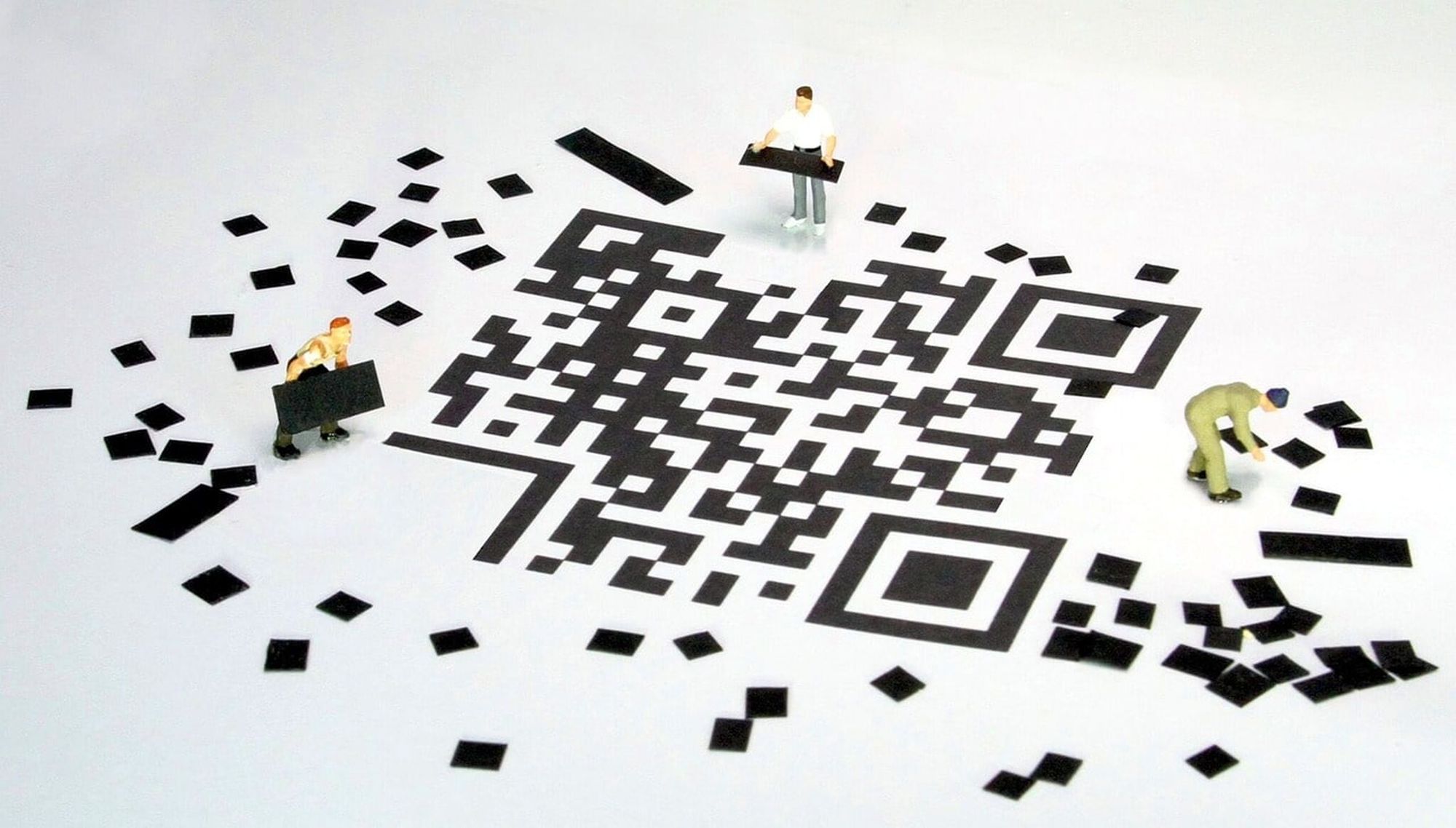
The adaptability of QR codes is another of their strong suits. QR codes provide a range of purposes, such as redirecting customers to your website, sharing contact details, promoting events, offering special discounts, demonstrating products or services through video links, and so much more. Their usefulness is limited only by your creativity.
They can be integrated into almost any form of marketing material, both online and offline.
Whether printed on a flyer added to an email newsletter, posted on a physical store, or showcased on a website, QR codes easily fit in. Their wide-ranging applications and adaptability make them an incredibly versatile tool in the hands of marketers and SEO experts.
Ease of Implementation

Implementing QR codes into retail marketing strategies is remarkably convenient. Online generators allow you to generate a QR code within seconds. What's even more appealing is that anyone with a camera-enabled smartphone can scan these codes.
With most smartphones now equipped with a built-in QR code scanner in their camera, it has become easier for customers to interact with QR codes. No need for any additional apps or software on the part of the consumer, making QR codes more accessible and easier to use.
Measurable Results
This is one of the best aspects for marketers and SEO experts - the ability to track and analyze the effectiveness of their marketing efforts via QR codes. QR codes allow businesses to gather useful data like the number of scans, geographical location of scans, and time of the scans, among other things.
If you're directing traffic from the QR code to your website, tracking tools like Google Analytics allow you to track the consequent behavior of these visitors on your website as well. These insights provide valuable information about consumer behavior that, in turn, can be leveraged to optimize future marketing strategies.
Crowd Appeal

Finally, QR codes have an undeniable crowd appeal. With smartphone users growing exponentially, the digital interaction that QR codes facilitate makes them a point of interest for customers. Even out of plain curiosity, customers may feel the urge to scan the QR codes and see what they offer.
Take advantage of this mass appeal by making your QR codes visible and involving them in an irresistible offer, an intriguing meetup, or a compelling story about your brand.
How to Create a QR Code for Retail
Creating a QR code for your retail store is like opening a doorway that bridges the gap between the physical and digital worlds.
Quick. Easy. Efficient. Today, we will guide you through a simple, step-by-step process of creating a QR code for retail.
Don't worry! It's a simple process. In fact, it's surprisingly simple and can be achieved in a matter of minutes.
Step 1: Choose a QR Code Generator
The first step in creating a QR code is finding a generator. There are countless online generators available, both free and paid. You can use QRCodeDynamic to create dynamic & customizable QR codes easily.
Step 2: Select the Type of QR Code
Once you've signed up & signed in to QRCodeDynamic, it's time to select the type of code you want to create. In the context of retail, you may choose from a variety of options that include:
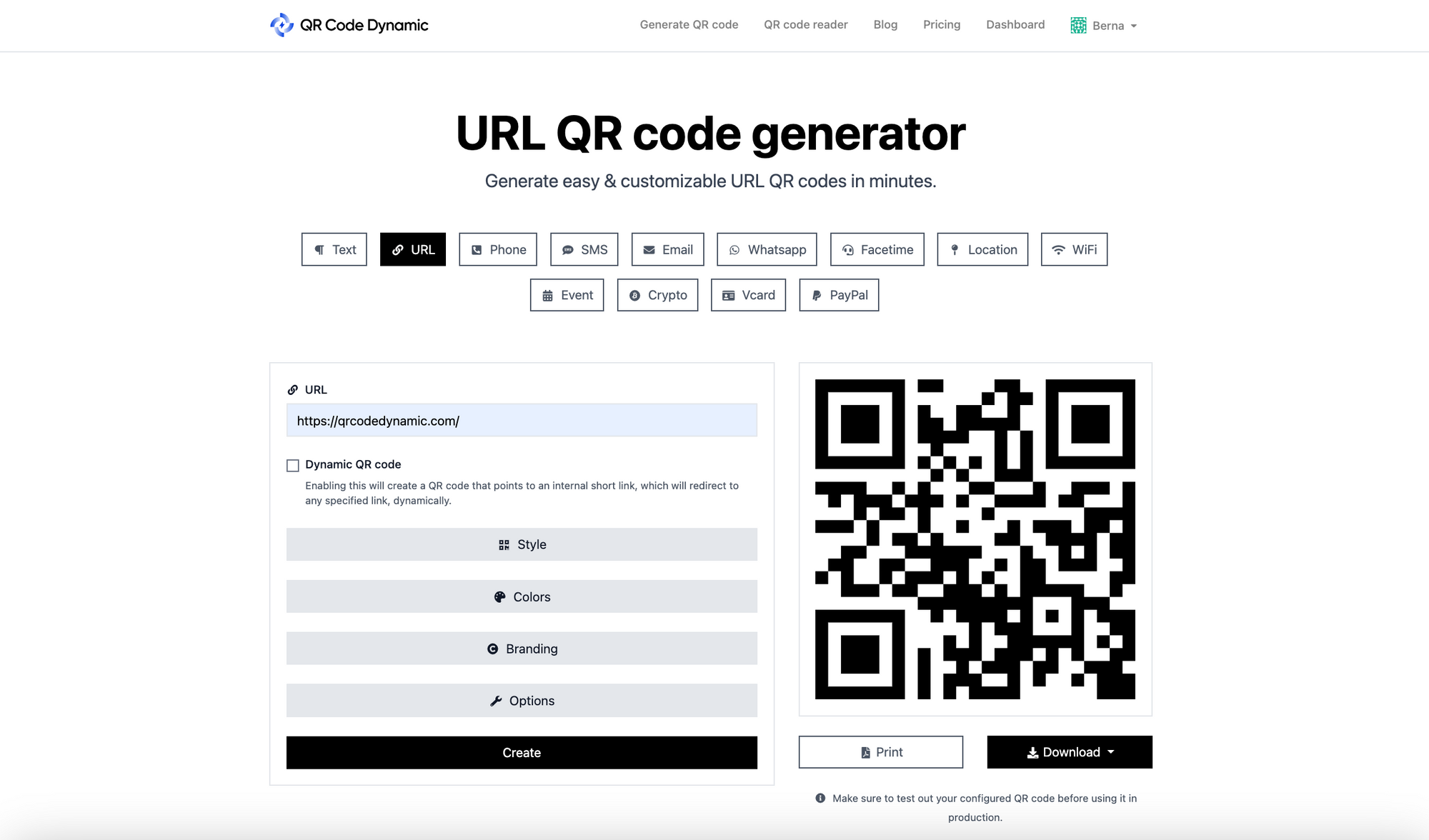
- URL - Use QR codes to direct customers to your homepage, product page, or promotional offer.
- Text - Share important details such as store guidelines or product information.
- Location - Guide customers to your retail store with Google Maps coordinates.
- Email - Helps to make your customer service accessible. Scanning the QR code opens an email draft to a preset address.
- Phone Number - Dial your store contact number instantly.
- SMS - Encourage customers to subscribe to your daily/weekly/monthly updates. Scanning the code composes an SMS to a preset number.
The type you choose will depend on what you want your customers to do when they scan the code.
Step 3: Create, Customize, and Generate
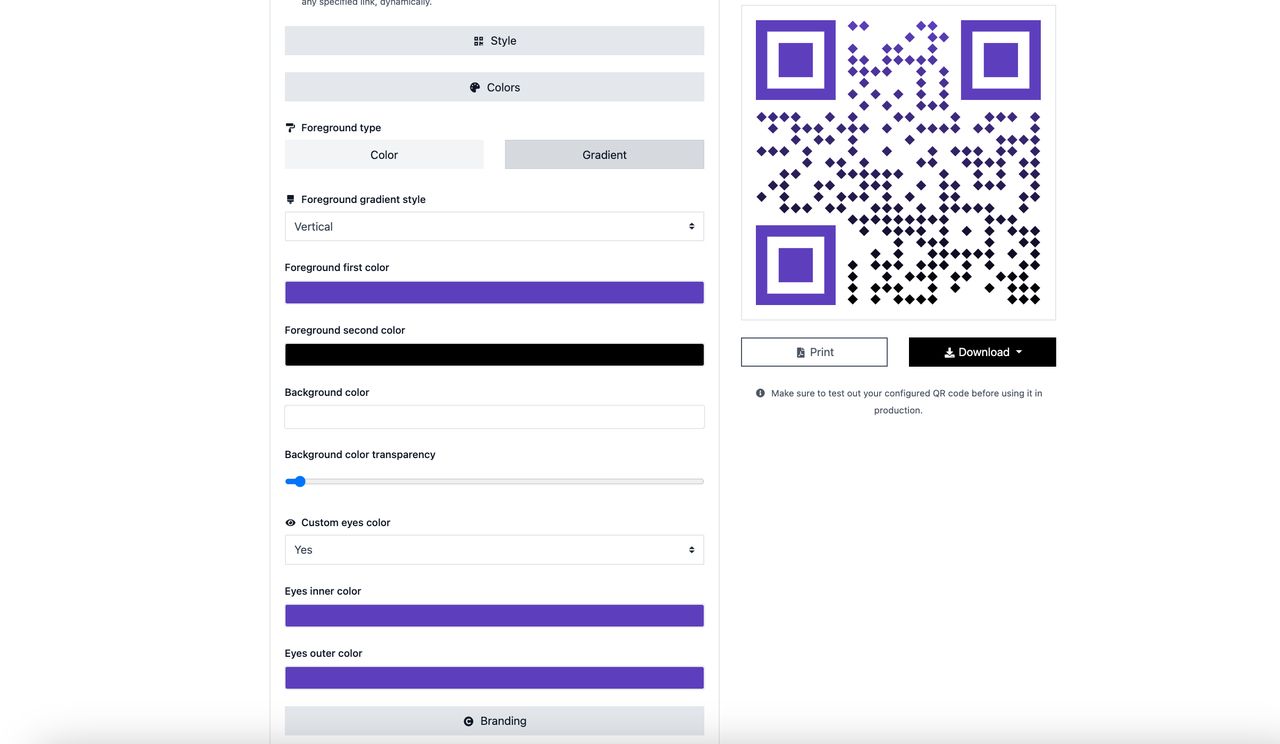
After you've selected the type of QR code you want to create, the next step is to input the relevant data. It could be a URL, an email address, plain text, location coordinates, or a phone number.
Once you have entered the necessary data, you will have the option to customize your QR code. You can change the QR code's color, shape, and design to align with your brand identity. You can even incorporate your brand logo in the QR code.
After you're satisfied with the design, click "Create". Et voila! Your QR code is ready.
Step 4: Testing Your QR Code
Now that you have generated your QR code, it's crucial to test it out. Use multiple devices and QR code scanning apps to ensure that the code works as intended, regardless of the device or app your customers might use.
A faulty or non-responsive QR code can frustrate customers, so taking the time to test it thoroughly is essential.
Step 5: Deploy Your QR Code
Having created and thoroughly tested your QR code, you can deploy it. QR codes can be added virtually anywhere – on your website, email newsletters, social media posts, print advertisements, store windows, product packaging, and more.
Take some time to consider where placing your QR codes would make the most sense and effective. Ensure they are easily visible and accessible for your customers to scan.
There you have it! A simple, step-by-step guide on how to create a QR code for retail. Pretty straightforward, right? Now, you're better equipped to bridge the gap between your retail store's physical and digital worlds. Harness the power of QR codes, create enticing customer experiences, and drive more success toward your retail business.
Best Practices for Using QR Codes in Retail
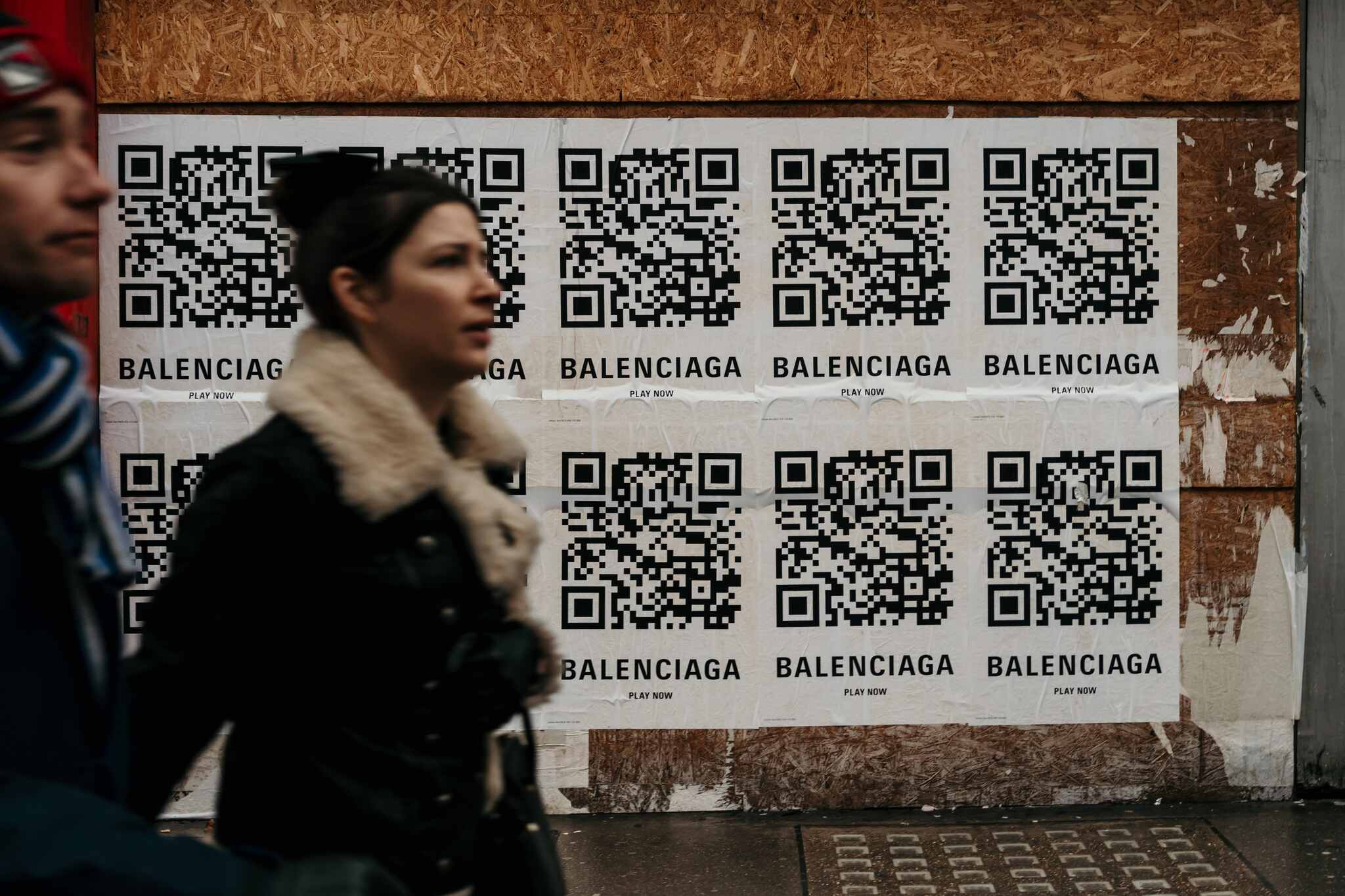
Incorporating QR codes into your retail strategy isn't just about creating and throwing them around. It's just as important to understand and adopt best practices to use QR codes as effectively as possible.
This section covers five important areas for successfully integrating QR codes in your retail business. Let's dive into these best practices of retail QR codes.
Choosing the Right Type of QR Code
Picking the right QR code for your specific purpose is crucial to make the most of them. As discussed in the previous section, many QR codes can be generated.
From focusing on website URLs, text, locations, emails, and phone numbers, to triggering an SMS, selecting the correct type of QR code to suit your intended action is important.
Keep in mind your ultimate goal. If you want to drive traffic to your website, use URL QR codes. If you want to share details about your store or provide guidelines, go for text QR codes. Selecting the right type of QR code will enhance its effectiveness and increase its chances of being scanned by customers.
Code Creation
A significant part of QR code success lies in its creation. Explore and use reliable QR code generators to ensure quality QR codes. As discussed in the previous section, there are trusted free and paid options like QR Code Generator, QRTiger, Flowcode, and Beaconstac.
In addition to the type of QR code, you need to consider what exactly the QR code will link to. This could be your website homepage, a specific product page, a special offer, customer reviews, or even a YouTube video. The linked content should be relevant and offer value to the customer.
Also, pay attention to the technical aspect. Ensure the URLs are fully optimized for mobile use and are not broken. A QR code that leads to a 'Page not found' error will not make a great impression!
Code Design
Apart from the functional aspects, the visual appeal of your QR codes is also important. After all, an attractive design is more likely to draw attention. Use colors that align with your brand's identity, including logos, to make your QR codes stand out yet remain consistent with your brand.
Certain QR code generators allow you to add logos, change color schemes, shapes, and overall designs.
While designing, ensure the QR code is still easily scannable. A good rule of thumb is maintaining a high contrast between the QR code color and the background. Also, the composed design should maintain the scanning capability.
Organizing and Testing the Code
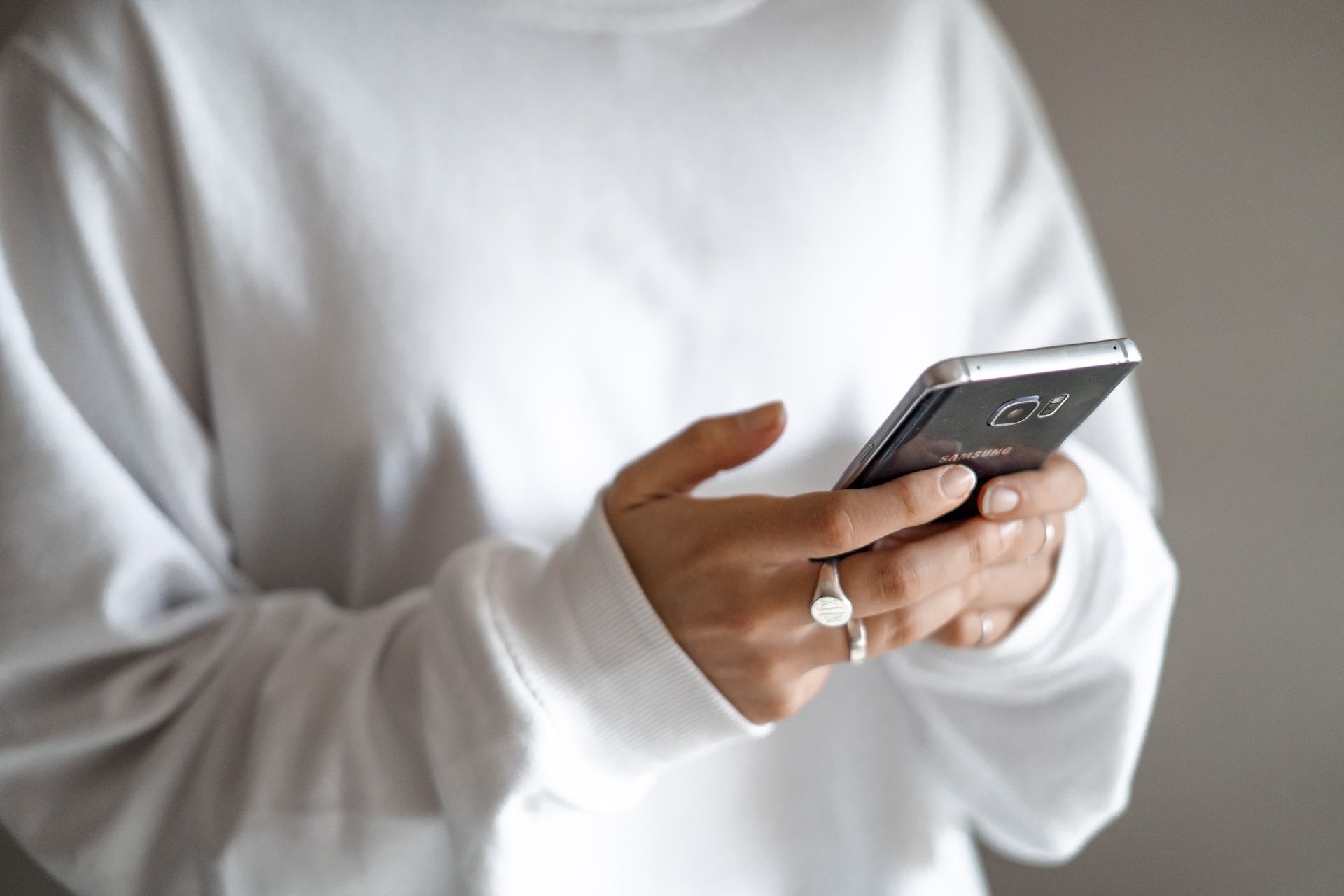
Once you've created your QR codes, staying organized is crucial. If you're using a multitude of QR codes for various purposes across different platforms, keeping track of what each QR code does and where it's located is crucial for effective management and analysis.
More importantly, ensure you thoroughly test your QR codes. Use multiple devices and test as a customer would. This is an essential step to guarantee that each QR code works as intended, no matter what device a customer uses.
Implementing and Tracking Analytics

Finally, implement your QR codes strategically. They can be used on virtually any printable surface.
However, consider your customer interaction points and where they can have the maximum impact. Place them in-store on product shelves, use them on receipts, integrate them in window displays, or use them on product packaging.
To evaluate the impact of QR codes, track the analytics. QR code generators often provide analytics information, giving you insights into the number of scans, geographical locations of scans, time of scans, and more. These metrics can help evaluate the success of your QR codes and inform future marketing strategies.
Conclusion
We've come a long way on our journey to understanding and harnessing the power of QR codes in retail.
But like with any tool, QR codes come with their pitfalls to avoid. We examined the common mistakes retailers might make with QR codes, such as improper sizing, redirecting to suboptimal pages, sudden autoplay media, and placing the codes in inaccessible locations.
Understanding these pitfalls is the first step to avoiding them and ensuring an efficient, seamless QR code experience for your customers.
We navigated through creating a QR code to bring QR codes into reality. A journey that may seem complex but is, in fact, quite straightforward when broken down into manageable steps.
We hope this in-depth guide has answered your question on how to use QR codes in retail. We've journeyed together through the intricate world of QR codes, demystifying their use in retail. While the power of QR codes is undeniably compelling, remember that their true strength lies in their strategic use.
With the knowledge, best practices, and steps needed to integrate QR codes into your marketing strategy, you are on your way to maximizing your retail success. Embrace your newfound wisdom, trust your instincts, and chart a course into the digital future of retail.


